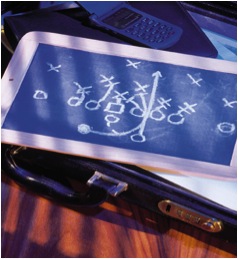How to be Successful in 2015
Welcome to 2015. You’re committed to being successful this year. Here’s a roadmap:
One. What is one goal you must accomplish this year? Got one? Now validate it by asking yourself: Why is it compelling? What is the pain if I don’t achieve the goal? Did your goal pass the test? If so, write it down.
Reflect. Be brutally honest with yourself. Which of your traits and behaviors are inhibiting achievement of the goal? Give each a label. Write them down.
Plan. Allow yourself time to think without distraction. What actions and steps are required to achieve your goal? And what must you do to overcome the traits and behaviors that are keeping you from achieving the goal? Write down the plan in the form of time-linked actions. Calendar them.
Track & Recalibrate. Regularly schedule time to track progress against your goal. Assess your performance along with why you met or didn’t meet the commitments made. Make adjustments based on your assessment.
Celebrate. Allow yourself to feel good about legitimate progress that leads to achieving the goal. Reward yourself for making progress.
This roadmap for success isn’t complicated. But it is proven. Focus, Motivation, Organization and Discipline.
Make it a successful 2015.
Your thoughts?
Michael












